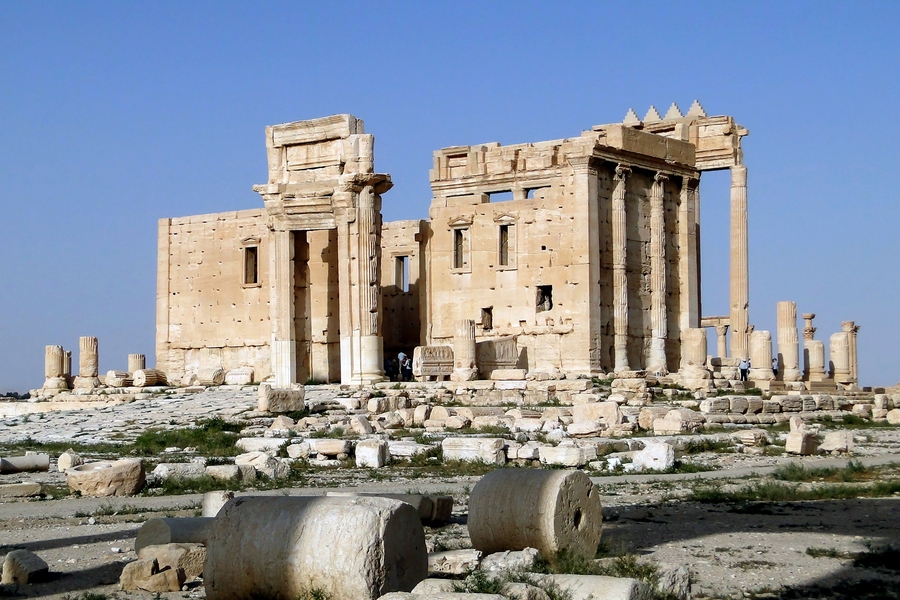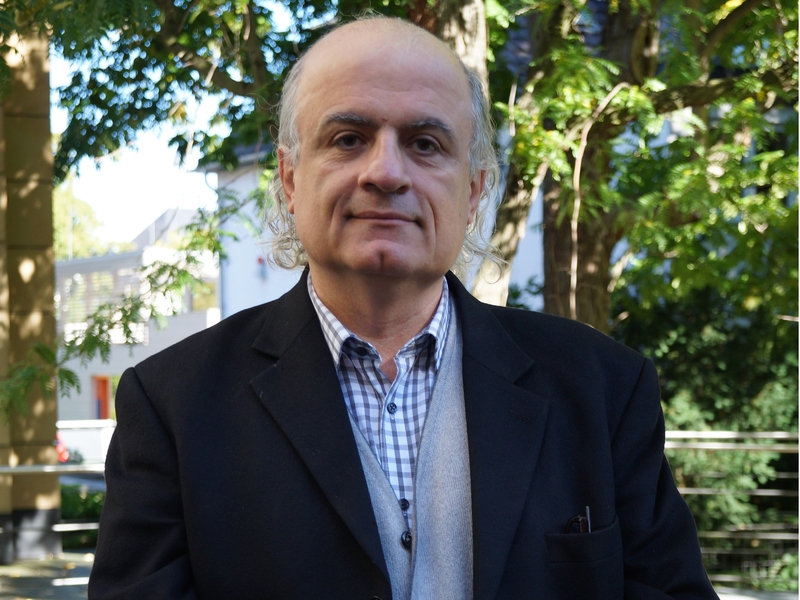The Great Mosque of Aleppo, built in 1090, possessed an unusual and significant minaret. Square and tiered, it towered over the city, with intricate Arabic inscriptions tracing different periods of its construction history.
But the minaret is now a lost part of the past — destroyed in 2013 during fighting between government forces and rebels in the ongoing conflict in Syria. A new BBC radio series, The Museum of Lost Objects, has set out to tell the stories of 10 antiquities or ancient sites, including the minaret, that have been destroyed or looted in Iraq and Syria.
“The destruction of cultural heritage in Syria and Iraq is malicious and ongoing,” says Nasser Rabbat, the Aga Khan Professor for Islamic Architecture at MIT and a commentator in the series. “The two countries and their history are the primary targets of this wanton carnage, but the whole world is losing irreplaceable examples of architecture and cultural artifacts.”
Other examples of destruction covered by the radio series include the Temple of Bel at Palmyra, a UNESCO World Heritage structure reduced to rubble by the terrorist group ISIS last August; the Winged Bull of Nineveh, a statue that flanked the gates of that ancient Assyrian city, defaced with a pneumatic drill in 2015; and the Armenian Church of Deir al-Zour, constructed in the 1980s and destroyed by bombs in 2014.
“The 10 episodes of this BBC Radio program try to go beyond reporting the losses to understand the complex histories of the monuments destroyed and to present them through the eyes of those who lived and worked with them, cared for them, and sometime lost their lives to defend them,” says Rabbat, who directs the Aga Khan Program for Islamic Architecture at MIT (AKPIA).
Rabbat contributes his perspective to three episodes:
- Palmyra: The Temple of Bel (listen)
- Minaret of the Umayyad Mosque, Aleppo (listen)
- Al-Ma’arri the Poet (listen)
An architect and a historian, Rabbat has focused his scholarship and teaching on the history and historiography of Islamic architecture, art, and cultures, urban history, and post-colonial criticism. At MIT, he teaches lecture courses on various facets of Islamic architecture and seminars on the history of Islamic urbanism and contemporary cities, orientalism, historiography, and the issue of meaning in architecture.
"We have more than 250,000 documented dead individuals in Syria and the destruction of the country. Not just a minaret," Rabbat tells the BBC. "So even though I'm a historian of architecture, I actually do not express strong feelings about the loss of architecture as opposed to the loss of the country, the loss of the people, and the loss of the way of life."








